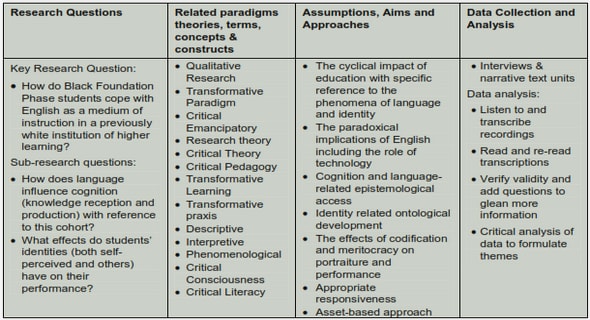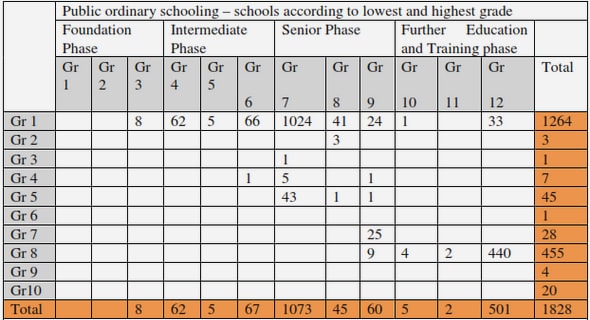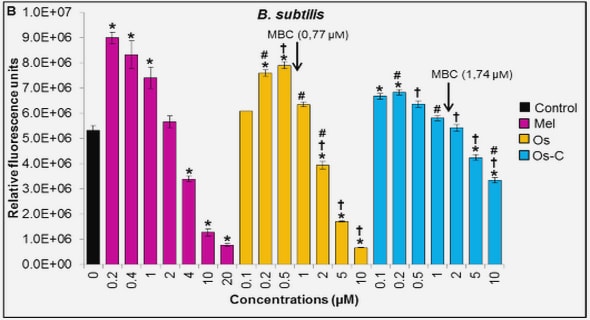Get Complete Project Material File(s) Now! »
CHAPTER 3 FIRST-CENTURY LETTER WRITING
Writing and Letters in the Greco-Roman World
A wide time gap between the first and twenty first century has marked tremendous cultural and technological innovations which, naturally, result in conceptual differences. In this regard it is anachronistic to compare the concept of literacy in ancient times with contemporary ideas of literacy using the same criteria. On this issue, Millard’s investigation deserves mention: Reading and writing are almost indivisible to us, but in many societies they are separate; people who read do not necessarily have the ability to write, their lives do not lead them into situations where writing is required, occasionally they may need, or want to read, but that need may never arise. Throughout the Hellenistic and Roman world the distinction prevailed in that there were educated people who were proficient readers and writers, less educated ones who could read but hardly write, some who were readers alone, some of them able to read only slowly or with difficulty and some who were illiterate.1 Cribiore expresses an opinion similar to Millard when he notes: Literacy and writing were not indispensable skills in the ancient Mediterranean world, and they neither determined nor limited socio-economic success. Writing was rather a useful, enabling technology that people cared to exhibit even when they possessed it only to a limited degree. Greek Roman men and women were proud to be numbered among the literates, but esteem for writing was not enough to spread the skill itself to the mass of the population. Writing depended on need, but those who lacked the skill could resort to various strategies to cope with the demands that need imposed on them.2 As pointed out by Millard and Cribiore, it is fallacious to posit that any literate individual in the Greco-Roman world could also write. In Greco-Roman antiquity, literacy basically was not treated as the ability to both read and write.3 Writing rather was a rather professional skill, mainly connected with scribes who were identified as expert writers in Greco-Roman society. Also, writing frequently signified “dictating a text to a scribe rather than handwriting it oneself.”4 If one required letters or documents, then, one employed scribes.5 Most of the writing in the first century had been produced by those who “earned their living through clerical tasks, in administrative offices or on the street.” 6 Millard notes that “letters,proceedings in councils and debates in law courts all required clerks able to write fast and accurately, raising the question of the use of shorthand.”7 He also indicates that“commerce, legal matters and family affairs all called for secretarial skills.”8 Letters in the ancient world could be treated as “a substitute for being there in person” and “brought assurance in a world filled with disease and calamity.”9 In his monograph, Light from the Ancient East, Deissmann who pioneered the field of study of the recently excavated papyri from Egypt, distinguishes between letters and epistles. According to Deissmann, letters are unliterary and personal, whereas epistles are public; intended for publication or a wider audience. 10 Deissmann defines a letter as “something non-literary, a means of communication between persons who are separated from each other,” while identifying an epistle as “an artistic literary form, a species of literature, just like the dialogue, the oration, or the drama.”11 Thus he argues that “the letter is a piece of life, the epistle is a product of literary art.”However, Deissmann has been criticized by some scholars for his insistence on the distinction between letters and epistles. White clearly discerns that a fundamental difficulty in any study of letter writing is “the ambiguity of the category.”13 A number of letters in antiquity are obviously situational and pragmatic in purpose, that is, intended for a private audience; whereas others by the same author are apparently intended for publication. Letters in Greco-Roman society frequently mix genres, combine stylistic and rhetorical tools, resulting in a blend.14 Similarly,Witherington comments that the differentiation between private and public is a rather modern device, whereas a more hybrid use existed in the Greco-Roman world.15 Richards also notes that many public issues were executed by private ways; equally, private letters were treated as “an item or two of business.”
ACKNOWLEDGMENTS
SUMMARY
KEY WORDS
LIST OF ABBREVIATIONS
Chapter 1 INTRODUCTION 1
1. Problem Statement
2. Research History
3. Hypothesis and Methodology
Chapter 2 THE AUTHENTICITY PROBLEM OF 1 PETER
1. 1 Peter in the Ancient Church
2. Critical Questions about the Authenticity of 1 Peter
2.1. The Linguistic Problem
2.2. The Historical Problem
2.3. The Practice of Pseudonymity
3. Prevalent Proposals on Authenticity of 1 Peter
3.1. Pseudonymous Theory
3.2. Amanuensis Theory
4. Conclusion
Chapter 3 FIRST-CENTURY LETTER WRITING
1. Writing and Letters in the Greco-Roman World
2. The Practice of Using an Amanuensis
2.1. Official (Business) Letters
2.2. Private Letters
3. The Role of an Amanuensis
3.1. The Reasons for Using Amanuenses
3.2. Amanuensis as a Transcriber
3.3. Amanuensis as a Composer
3.4. Amanuensis as a Contributor
3.5. Liability for the Contents
4. Conclusion
Chapter 4 PAUL AND PETER: FIRST-CENTURY LETTER WRITERS
1. Paul’s Letters and his Co-authors
2. Paul’s Use of Amanuenses and their Role
2.1. Paul’s Use of Amanuenses
2.1.1. Plain Proof
2.1.2. Implied Pointers
2.2. An Amanuensis’ role in Paul’s Letter Writing
3. 1 Peter’s Amanuensis: Why Not Silvanus But Mark?
4. Conclusion
Chapter 5 HISTORICAL IMPLICATIONS
1. Mark in Acts
2. Mark in the Pauline Letters
2.1. Mark in Colossians and Philemon
2.1.1. Mark in Col 4:10-11
2.1.2. Mark in Phlm 24
2.2. Mark in 2 Timothy
3. Mark in 1 Peter
3.1. Peter in Rome
3.2. Mark in Rome
3.3. Petrine Group in Rome
4. Mark: Peter’s e`rmhneuth,j a n d t h e E v a n g e l i s t
4.1. Mark as the Interpreter of Peter
4.2. Mark as the Evangelist
5. Conclusion
Chapter 6 LINGUISTIC IMPLICATIONS
1. The Syntax of 1 Peter and Mark’s Gospel
2. The Characteristic Features of Terminology
3 . T h e S i g n i f i c a n t a n d F r e q u e n t U s e o f w ` j
3.1. The Characteristic Use of w`j i n M a r k ’ s G o s p e l
3.2. The Characteristic Use of w`j in 1 Peter
4. Conclusion
Chapter 7 LITERARY IMPLICATIONS
1. The Use of the OT in 1 Peter and Mark’s Gospel
2. The Quotation of Ps 118 (LXX 117):22
2.1. The Quotation of Ps 118 (LXX 117):22 in 1 Pet 2:7
2.1.1. The Relation between Ps 118 (LXX 117):22 and the Two Texts of Isaiah
2.1.2. The Function of the Quotation of Ps 118 (LXX 117):22 in 1 Pet 2:7
2.2. The Quotation of Ps 118 (LXX 117):22 in Mark 12:10
3. The Quotation of and Allusion to the Suffering Servant of Isa
3.1. The Suffering Servant in 1 Pet 2:22-25a
3.2. The Suffering Servant in Mark 10:45
4. The Allusion to Ezek 34: the Messianic Shepherd / Sheep without a Shepherd
4.1. The Combination of Isa 53 with Ezek 34 in 1 Pet 2:25
4.2. The Allusion to Ezek 34 in Mark 6:34
5. The Quotation of and Allusion to Isa 40:8
5.1. The Quotation of Isa 40: 8 in 1 Pet 1:25
5.2. The Conflated Allusion to Isa 51:6 (Ps 101:27a, LXX)
and Isa 40: 8 in Mark 13:31
6. Conclusion
Chapter 8 CONCLUSION
BIBLIOGRAPHY


